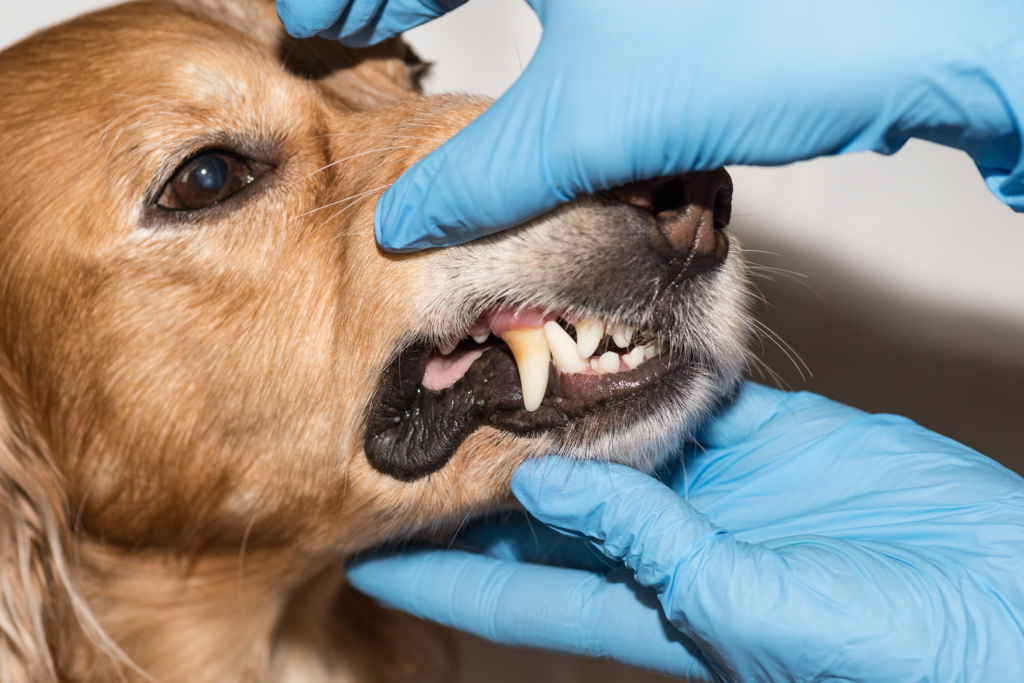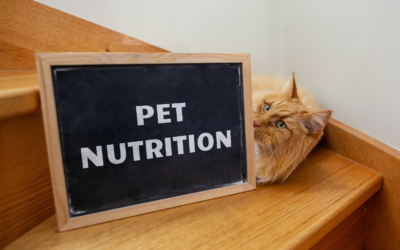Understanding pet dental issues is crucial for every responsible pet owner. Dental health is often an overlooked aspect but plays a significant role in your pet’s overall well-being. This comprehensive guide aims to shed light on the most common dental issues affecting pets and how you can prevent them. We’ll cover everything from the basics of dental care to common diseases, signs to look out for, and preventive measures.

Understanding the Basics of Pet Dental Health
Understanding pet dental issues starts with recognizing the importance of basic dental care for pets. Plaque is a soft, sticky film that forms on the teeth, which hardens into tartar if not removed. Regular brushing is the most effective way to remove plaque and prevent tartar buildup. Dental chews and treats can also help in reducing plaque and are a good supplement to brushing. It’s essential to use pet-specific toothpaste and consult your veterinarian for the best dental care routine for your pet.
Common Dental Diseases in Pets
One of the key aspects of understanding pet dental issues is being aware of common dental diseases like periodontal disease and gingivitis. Periodontal disease is an advanced form of gum disease that can lead to tooth loss and other severe health issues, including heart disease. Gingivitis is the initial stage of gum disease, characterized by red, swollen gums. These are common dental issues that every pet owner should be aware of. Other conditions include tooth decay, oral tumors, and enamel defects. Regular check-ups can help in early detection and treatment. Tooth resorption is another condition that affects many pets, especially cats. It’s a painful condition where the tooth structure starts to break down, often requiring extraction. Stomatitis, an inflammation of the mouth’s mucous membranes, can also be a concern, particularly in cats. It’s crucial to consult your veterinarian for a proper diagnosis and treatment plan tailored to your pet’s specific needs.
Signs Your Pet May Have Dental Issues
Recognizing the signs of dental issues early is crucial for effective treatment. Understanding pet dental issues means being aware of symptoms like bad breath, difficulty eating, and pawing at the mouth. Bad breath, difficulty eating, pawing at the mouth, and visible tartar are all signs that your pet may have dental issues. It’s essential to recognize these signs early to prevent any long-term damage. Additional symptoms include blood in saliva, excessive drooling, and reclusive behavior. If you notice any of these signs, consult your veterinarian immediately for a thorough examination. Other less obvious signs could be a sudden change in eating habits, such as preferring wet food over dry or avoiding crunchy treats. Some pets may also exhibit signs of discomfort while chewing or may even start to chew on one side of the mouth to avoid pain on the other. Persistent pawing at the face or mouth could also indicate dental discomfort. An annual dental check-up is advisable to catch any issues before they escalate.
Preventive Measures for Understanding Pet Dental Issues
By understanding pet dental issues, you can take proactive steps like yearly veterinary visits, using dental chews, and regular brushing to ensure your pet’s oral health. During these visits, the veterinarian will perform a thorough examination of your pet’s mouth, teeth, and gums to check for any signs of dental issues like plaque, tartar, or gum disease. Dental x-rays may also be taken to assess the condition of the teeth below the gum line.
Dental chews and treats can also help in reducing plaque and are a good supplement to brushing. These products are specially formulated to clean your pet’s teeth as they chew, making them a convenient option for pet owners. However, it’s essential to choose products that are approved by veterinary dental associations for effectiveness and safety.
Some pets may require more frequent cleanings or specialized treatments, depending on their dental health status. Conditions like periodontal disease or tooth resorption may necessitate more intensive care, including extractions or even surgery. Always consult your veterinarian for personalized advice tailored to your pet’s specific dental needs.
Conclusion
Understanding pet dental issues is not just about maintaining fresh breath and a beautiful smile for your pet; it’s about ensuring their overall health and longevity. Regular dental care, both at home and professionally, can make a significant difference in your pet’s quality of life.




